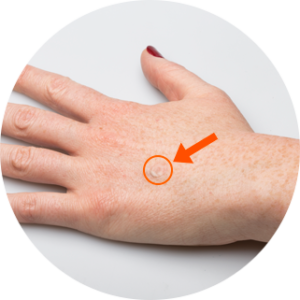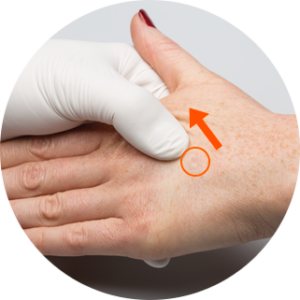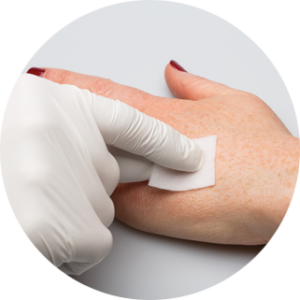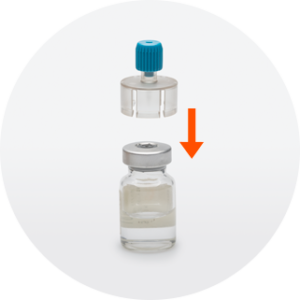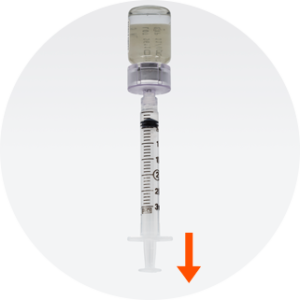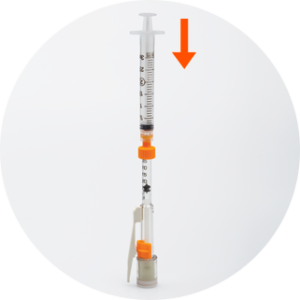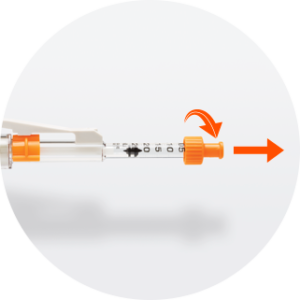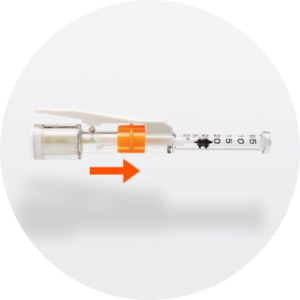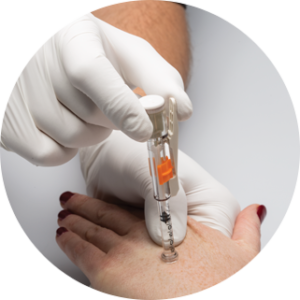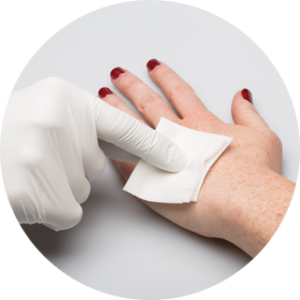Recommendations and Precautions
Recommendations
- We recommend the use of 1% buffered lidocaine if available or a standard preservative free lidocaine (MPF), to minimize any stinging or burning that can be associated with regular lidocaine.
- We recommend reading our FAQs section prior to use.
- The pressure used to deliver the medication is vented from the device following activation which will make a “pop” sound and should be explained to the patient prior to using the needle-free J-Tip. We like to compare the sound to the opening of a soda can. For younger and/or more anxious patients, distraction techniques can help keep the patient calm at the time of injection.
Precautions
- The Needle-free J-Tip is not fragile, but usual caution should be exercised in handling. Prior to use, do not puncture or submit the CO₂ cartridge to any undue abuse as this could cause injury.
- Store the needle-free J-Tip at room temperature (60-100 °F).
- J-Tip needle free injection is not recommended for use over ports.
- Approach intended dose reading with care so as not to overfill, since it is not possible to withdraw fluid from the J-Tip Needle-Free Injector. Overfilled injectors should be expelled and discarded.
- Avoid bubbles. Care should be taken to assure that medications are free of air bubbles and are completely soluble before transferring into the J-Tip Needle-Free Injector from a pre-filled syringe.
- Patients receiving anticoagulants or persons with hemophilia, or other coagulation disorders may present greater incidence of post-injection bleeding and bruising.
- Take the same precautions as you would with needle-syringe injections and administer the appropriate treatment to minimize site reactions.
- Discard if package is not intact.
Contraindications
- Patients receiving chemotherapeutic agents may report increased incidents of tissue necrosis, ecchymosis, or bleeding at the injection site.
- Patients who are allergic to lidocaine should not use the needle-free J-Tip.

